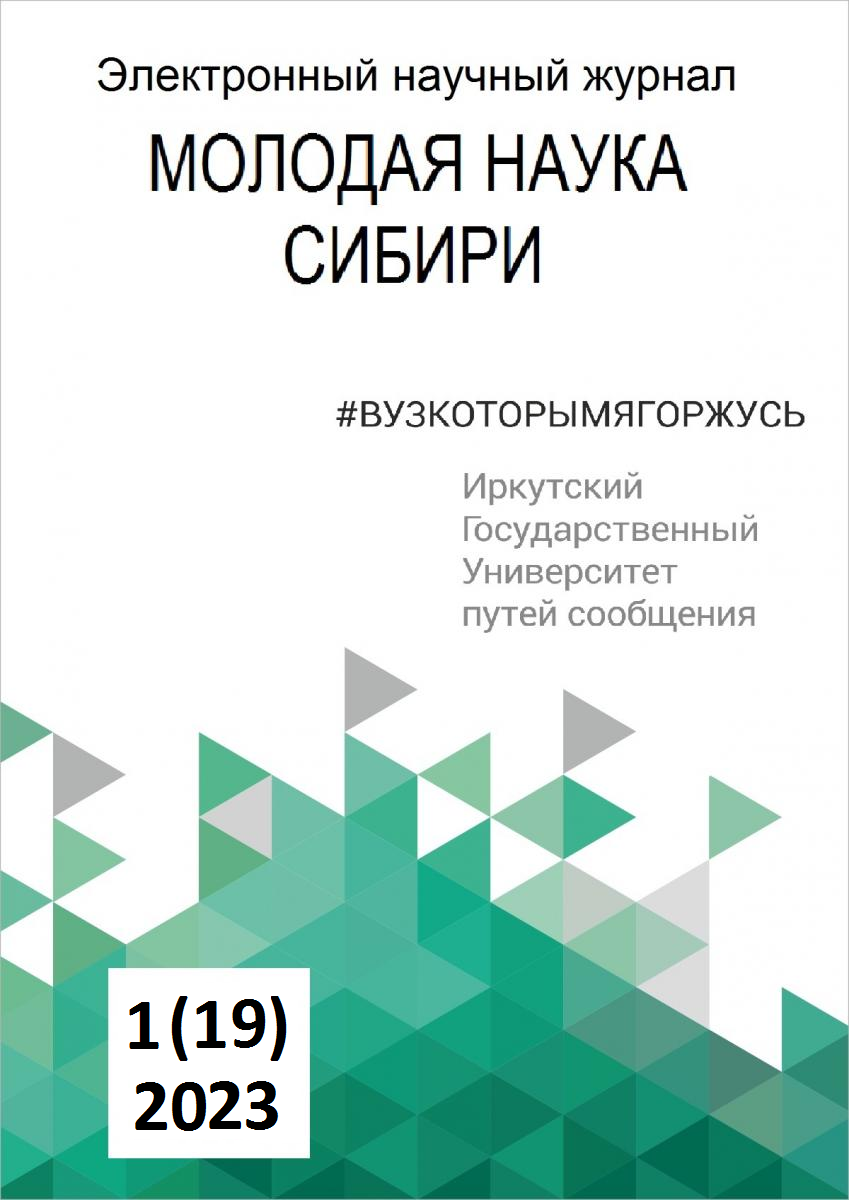CONSTRUCTIVE INTERFERENCE IN LEARNING A SECOND FOREIGN LANGUAGE (BASED ON FRENCH AND GERMAN)
Keywords:
interlingual interference, constructive interference, destructive interference, transfer, levels of interlingual interference.Abstract
The process of learning a second foreign language is different from learning a first foreign language because the student already has certain skills acquired in learning the first foreign language. When learning a second foreign language, students often encounter the phenomenon of interlingual interference, which results in a violation of the norm in the second foreign language due to the transfer of these skills. However, over the past decades, interference has begun to be considered not only as a negative phenomenon, but also as a positive one, and therefore there is a need to consider its features in a certain pair of languages in order to substantiate how interference contributes to the study of a foreign language.
The article considers approaches to understanding interlingual interference. It is concluded that there is no single approach to understanding this term in modern linguistics. Interference is interpreted as a negative, positive or neutral phenomenon, which can be both destructive and constructive depending on the situation.
Examples of constructive interference that occur at the phonetic, grammatical and lexical levels in a pair of German and French are given. Constructive interference is observed in the comparative analysis of phonetic features, grammatical structures and vocabulary of two languages. Having identified common features at these levels, it was concluded that the manifestation of constructive interference is a factor that helps to more effectively learn a second foreign language and successfully apply the learned skills in the communication process.
The results of the study in the future will make it possible to develop recommendations for teaching a second foreign language at school or a higher educational institution.
References
Бодуэн де Куртенэ И. А. Фонология // Избранные труды по общему языкознанию. М.: Изд-во АН СССР, 1963. Т.1. С. 253-361.
Вайнрах У. Языковые контакты. Состояние и проблемы исследования. Б.: Благовещенский гуманитарный колледж, 2000. 263 с.
Розенцвейг В. Ю. Языковые контакты: Лингвистическая проблематика. Л.: Наука, 1972. 80 с.
Виноградов В. А. Интерференция // Лингвистический энциклопедический словарь. М.: Сов. энциклопедия, 1990. 685 с.
Щерба Л. B. О понятии смешений языков // Избранные работы по языкознанию и фонетике. Л.: Изд-во ленингр. ун-та, 1958. Т. I. С. 40-53.
Миньяр-Белоручев Р. К. Методический словник. Толковый словарь терминов методики обучения языкам. М.: «Стелла», 1996. 144 с.
Haugen, E. Bilingualism in the Americas: A bibliography and research guide. Publications of the American dialect sociality. University of Alabama Press, 1956, no. 36, 159 p.
Diebold, A. Incipient bilingualism. Language. Washington, Linguistic Society of America, vol. 37, no. 1, pp. 97-112.
Hockett, Ch. A Course in Modern Linguistics. N.Y., Pearson College Div, 1958, no. 4, 621 p.
Верещагин Е. М. Понятие «интерференция» в лингвистической и психологической литературе // Иностранные языки в высшей школе. М.: Советская наука, 1968. №4. С. 103-110.
Климов В. В. Языковые контакты // Общее языкознание: формы существования, функции, история языка. М.: Наука, 1970. С. 245-287.
Ахметзянова Ф. С. Интерференция родного и русского языков при контакте с немецким в условиях национально-русского двуязычия: Дис… канд. филол. наук. 2005. 170 с.
Баранникова Л. И. Сущность интерференции и специфика ее проявления. Проблема двуязычия и многоязычия. М.: Наука, 1972. 94 с.
Алимов В. В. Интерференция в переводе (На материале проф. ориентир. межкультур. коммуникации и пер. в сфере проф. коммуникации): Автореф. дис...д. филол. н.: Спец. 10.02.19. М.: РГБ, 2005. 40 с.
Ахунзянов Э. М. Двуязычие и лексико-семантическая интерференция. Kазань: Изд-во Kазан. ун-та, 1978. 189 с.
Карлинский А. Е. Основы теории взаимодействия языков и проблема интерференции. Алма-Ата: Гылым, 1990. 181 с.
Тимофеев С. Н. Межъязыковая интерференция и установление конкретных случаев ее проявления при контакте французского и русского языков: (На уровне звуков) // Теоретические и практические проблемы прикладной лингвистики. М.: Наука, 1988. С. 115-136.
Davis, J. E. Linguistic transference and interference: Interpreting between English and ASL. In C. Lucas (Ed.), Sign Language Research: Theoretical Issues. Washington, DC, Gallaudet University Press, 1990, pp. 308-321.
Grosjean, F. An attempt to isolate, and then differentiate, transfer and interference. International Journal of Bilingualism. SAGE publications Ltd, 2011, vol. 16(1), pp. 11–21.
Thomason, S. G. Language contact. Edinburgh University Press, 2001, 310 p.
Зайналова Л. А. Проблемы общей классификации явлений интерференции // Русский язык в школе. 2015. С. 30-34.
Вайнрах У. Одноязычие и многоязычие // Новое в лингвистике. М., 1972. Вып. 6. С. 25-60.
Алимов, В. В. Теория перевода. Перевод в сфере профессиональной коммуникации. М.: Ком Книга, 2006. 158 с.


